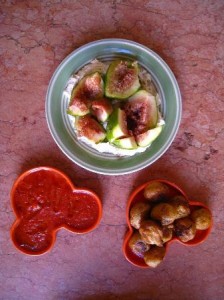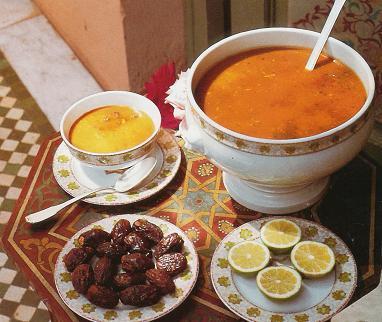Meat Free in Morocco, Your Morocco Tour Guide
February 28th, 2015
For travelers with specific dietary requirements, such as vegetarians and vegans, a key concern when planning a trip to Morocco is whether they will find enough variety in their meals. Part of the fun of travel is discovering the local cuisine and the good news is that even those who…



